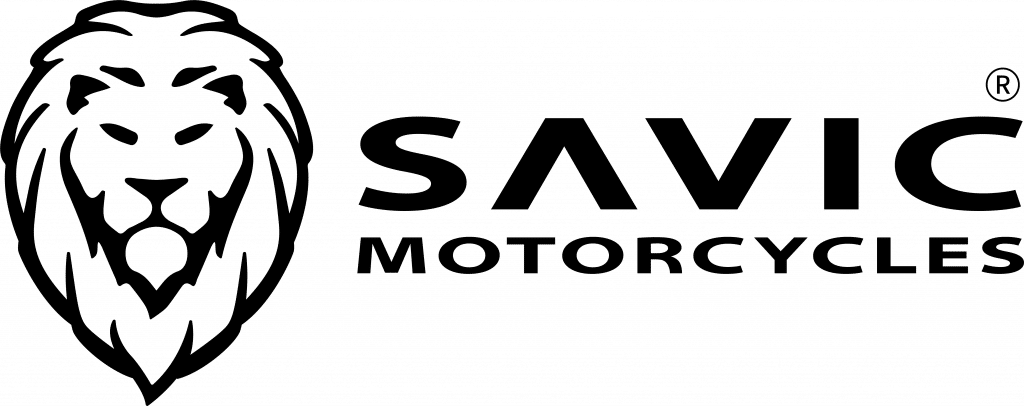Lithium-ion batteries are generally pretty safe, but under the right (wrong) conditions they can fail – and literally go out with a bang.
When something goes wrong with a Lithium-ion battery, it can start heating up. This can lead to thermal runaway, which can end with the battery venting with flames or even exploding in a particularly violent way; especially if it’s within a contained space. It’s one of the reasons airlines are nervous about the shipping of Lithium-ion batteries and have strict rules governing the activity.
Even Australia Post won’t accept lithium batteries or devices containing them for mailing overseas or for domestic air carriage. These can only be transported within Australia under certain conditions by road transport and parcels must be marked “road transport only”.
But it’s not just airlines and postal services that are concerned. The US Navy will be making increased use of the battery technology and is using high-speed video of failing lithium-ion batteries to help design safe enclosures on ships.
Schlieren imagery is capable of capturing up to 250,000 frames per second and will be used to make precise measurements of gradients in gas density near a failing cell, shockwave speed and the track of any projectiles generated.
“We need to see what happens when the cell fails,” said Jason Ostanek, mechanical engineer with Energy Conversion Research and Development Branch at NAVSSES. “We have data from pressure transducers, but schlieren imaging will provide additional information, such as directionality of the blast.”
“It’s crucial for us to understand what happens when a battery fails to know how it might affect other batteries in the space,” he said. “Eventually we can use this data to develop lighter containers that can protect the other cells, while also being able to pack the cells closer together.”
As with other technological developments of military origins, perhaps the Navy’s findings could be used in commercial and home battery energy storage applications to enhance safety. With the home energy storage revolution about to get under way, quality of systems and safety features will be especially important factors in a purchase decision.
In other US Navy news, the San Diego Union Tribune reports the Navy announced last week it will buy power from the Mesquite 3 solar farm; located in Arizona. The 150 megawatt solar array has enough capacity to power nearly 100,000 California households. Electricity from Mesquite 3, which is currently under construction, will help power 14 military installations in California. The deal is the largest renewable energy purchase by the U.S. government to date.
* Story image is battery from a JAL Boeing 787 that caught fire in 2013 at Boston’s Logan International Airport.

















































